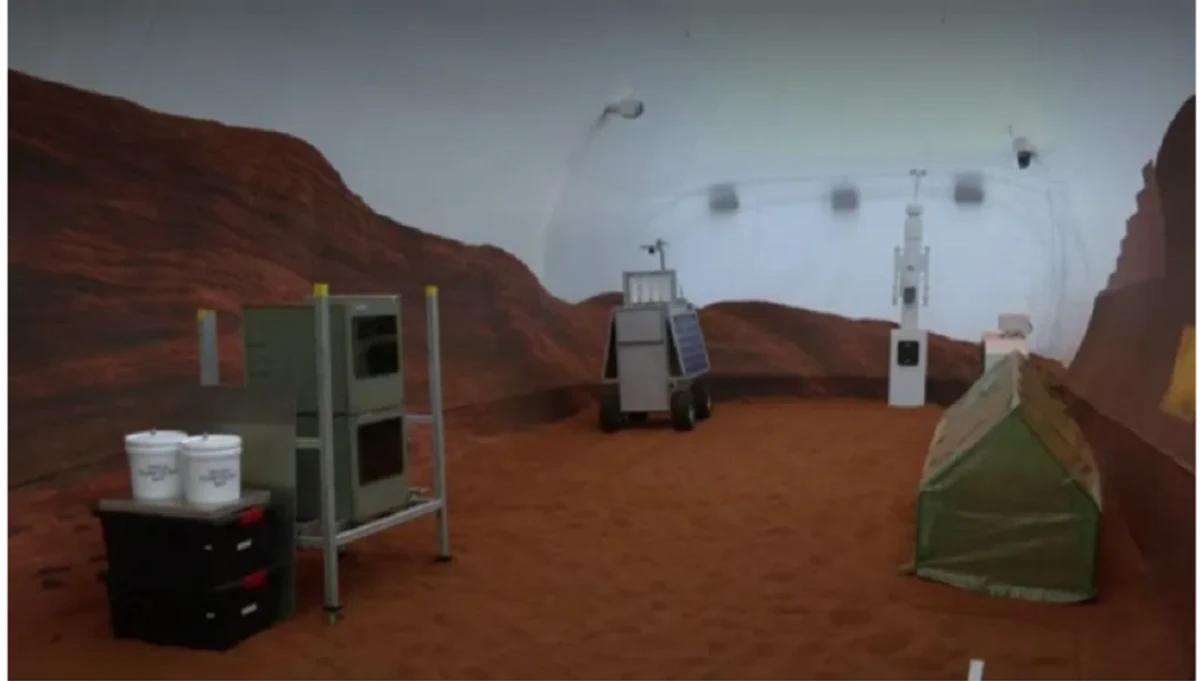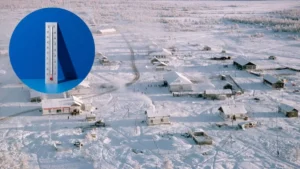
A NASA astronaut knocks loudly three times on a door and shouts excitedly, “Ready to go?” The answer is inaudible, but beneath his mask he seems to smile as he opens the door to four scientists who have been away from all human contact for a year.in the middle of a simulated mission to Mars, who are greeted with cheers and applause.
Other themes: NASA predicts a “once-in-a-lifetime” space phenomenon that can be seen without a telescope
Anca Selariu, Ross Brockwell, Nathan Jones and team leader Kelly Haston, the last few have passed 378 days confined inside a “Martian” habitat in Houston, Texas, as part of a NASA investigation into what it will take to bring humans to the red planet.
They have grown vegetables, they have gone on walks “Martians“and operated under what NASA calls”additional stressors“, such as delays in communication with “Earth”, including their families, isolation and confinement.
It’s the kind of experience that would make anyone living in lockdown during the COVID-19 pandemic’s hair stand on end. But all four emerged Saturday, beaming, excited and with their hair just a little messy.
This is how scientists reacted after a year on simulated Mars
“Hi. It’s really wonderful just to be able to say hello to you,” biologist Haston said with a laugh.
“I really hope I don’t cry here in front of all of you.“said Jones, an emergency room doctor who nearly broke down when he saw his wife in the crowd.
The habitat, dubbed Mars Dune Alpha, is a 1,700-square-foot 3D-printed facility featuring bedrooms, a gym, common areas and a vertical farm for growing food.
They had an area separated by a lock filled with red sand and where the team put on suits to give Marswalks (Martian walks).
Steve Koerner, deputy director of NASA’s Johnson Space Center, told attendees it was a year of “decisive science, much of it based on nutrition and how it affects your performance.”
“I am very grateful,” he concluded.
This mission is the first in a series of three planned by NASA grouped under the title CHAPEA (Crew Health and Performance Exploration Analogue Mission).
A year-long mission simulating life on Mars in a habitat in Hawaii took place from 2015 to 2016, and NASA was involved in it but not directed it.
Under its Artemis program, the United States plans to send humans back to the Moon to learn how to live there long-term and to help prepare for a trip to Mars, which would take place in the late 2030s.
>>> See also: Lunastice, the astronomical phenomenon that will occur on June 21: where will it be seen?
Source: https://www.noticiascaracol.com/mundo/cientificos-terminan-encierro-de-mas-de-un-ano-en-un-marte-simulado-por-la-nasa-cb20


